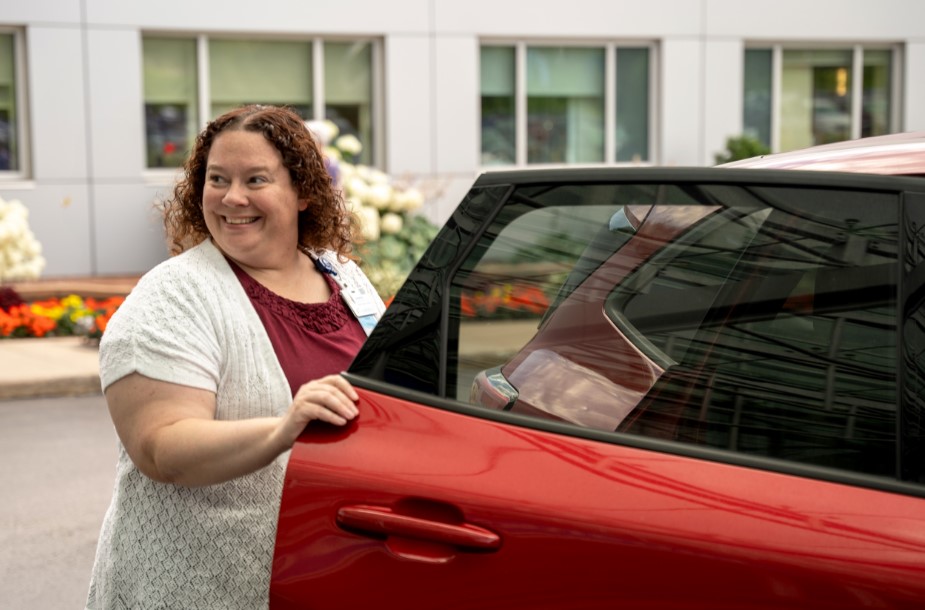Heatstroke Prevention: Tips Every Caregiver Should Know
7/15/2024

Amanda Tabin, Safe Kids & Injury Prevention Coordinator, Aspirus Wausau Hospital
Hot summer days have
already claimed the lives of at least
ten children this year in the United States due to heatstroke, often caused
by being left unattended in cars.
Aspirus Health
strongly advises all caregivers to never leave children alone in a vehicle,
even for a moment. If you see a child alone in a car, call 911 immediately.
Heatstroke, also
known as hyperthermia, is the leading cause of non-crash, vehicle-related
deaths in children. It occurs when the body cannot cool itself quickly enough,
leading to a dangerously high body temperature. Young children are particularly
vulnerable, as their bodies heat up three to five times faster than adults.
According to NoHeatStroke.com, since 1998, at least 976 children in the United
States have died from heatstroke in vehicles.
“A car can become
dangerously hot very quickly,” warns Amanda Tabin, Safe Kids & Injury
Prevention Coordinator at Aspirus Wausau Hospital. “Cracking a window doesn’t
lower the temperature in a vehicle as much as people think it will, so the best
practice is to make sure you don’t leave any kids (or pets) in a vehicle
unattended – even for a minute.”
We can prevent these
deaths and near misses by remembering to ACT:
A: Avoid
heatstroke-related injury and death by never leaving a child alone in a car,
not even for a minute. Always keep your car locked when not in use so children
cannot get inside on their own.
C: Create reminders.
Place a stuffed animal or other memento in your child’s car seat when it’s
empty and move it to the front seat when your child is in the back. You can
also place your phone, briefcase, or purse in the back seat to ensure you check
the back before leaving the car.
T: Take action. If
you see a child alone in a car, call 911 immediately. Emergency personnel are
trained to handle these situations. Your call could save a life.
For more information
on preventing child heatstroke deaths, please visit www.safekids.org/heatstroke.

Back to all Posts